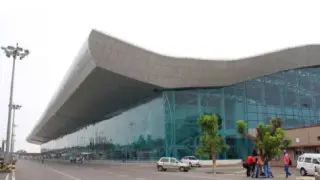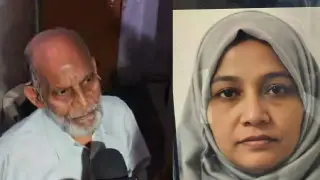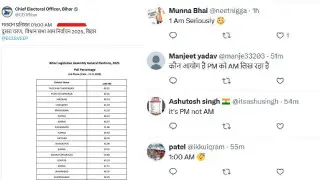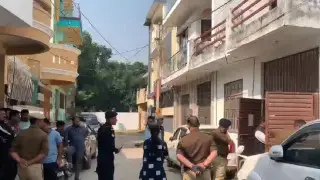
(Credit: OpenAI)
New Delhi: The evening blast near the Red Fort turned a normal day into one of shock and grief. With ten lives lost and many injured, the event shook the confidence of ordinary citizens and security agencies alike. The Red Fort holds national emotional value, being the site from where the Prime Minister addresses the nation.
An attack near such a symbol is not just violence; it is a deliberate message aimed at weakening collective confidence. Crowded environments around the monument only multiply the scale of panic and fear.
Delhi’s experience with terror is long and bitter. The 1985 transistor bombings marked the beginning of coordinated urban terror, followed by devastating explosions like the 1996 Lajpat Nagar attack. Markets once known for evening shopping became known for trauma. The loss was not just physical; communities felt shaken. The memory of running crowds, closed shops, and silent evenings remains part of Delhi’s shared emotional history.
Attackers often strike when the city is cheerful. The 2005 Diwali-season blasts in Sarojini Nagar, Paharganj, and Govindpuri proved how terrorists exploit festival crowds. Families out for celebration suddenly found themselves trapped in chaos. The aim was not only to kill but also to break the confidence that public spaces are safe. The psychological damage on these occasions lasts far longer than the physical tragedy.
The September 2008 blasts, executed within minutes across Karol Bagh, Connaught Place, and Greater Kailash, demonstrated chilling coordination. Nearly thirty people died, and many more were permanently scarred. These attacks formed a pattern seen across multiple Indian cities at the time. Though years have passed, the memory resurfaces every time Delhi hears sirens after an explosion.
After repeated tragedies, Delhi improved surveillance systems, expanded its quick-response teams, and strengthened agencies like NIA and the Special Cell. Metal detectors, sniffer dogs, and CCTV networks became common in crowded locations. Yet, the latest blast proves that even strong systems cannot afford a moment of complacency. Terror networks study routines, wait for gaps, and strike without warning.
Delhi remains on terror radar because it represents power. An attack here generates headlines worldwide. With embassies, Parliament, and central ministries, the city becomes a target with symbolic weight. Its dense population, ongoing festivals, and crowded markets create vulnerability. These conditions mean that security must remain vigilant at all times.
No security force can monitor every street corner alone. Citizens must stay alert, report unusual objects or suspicious movements, and maintain awareness in high-crowd areas. Delhi has always stood up again after every tragedy. The city’s strength lies in its resilience. To ensure peace continues, vigilance must now become a shared responsibility, not just a government expectation.













Copyright © 2025 Top Indian News
